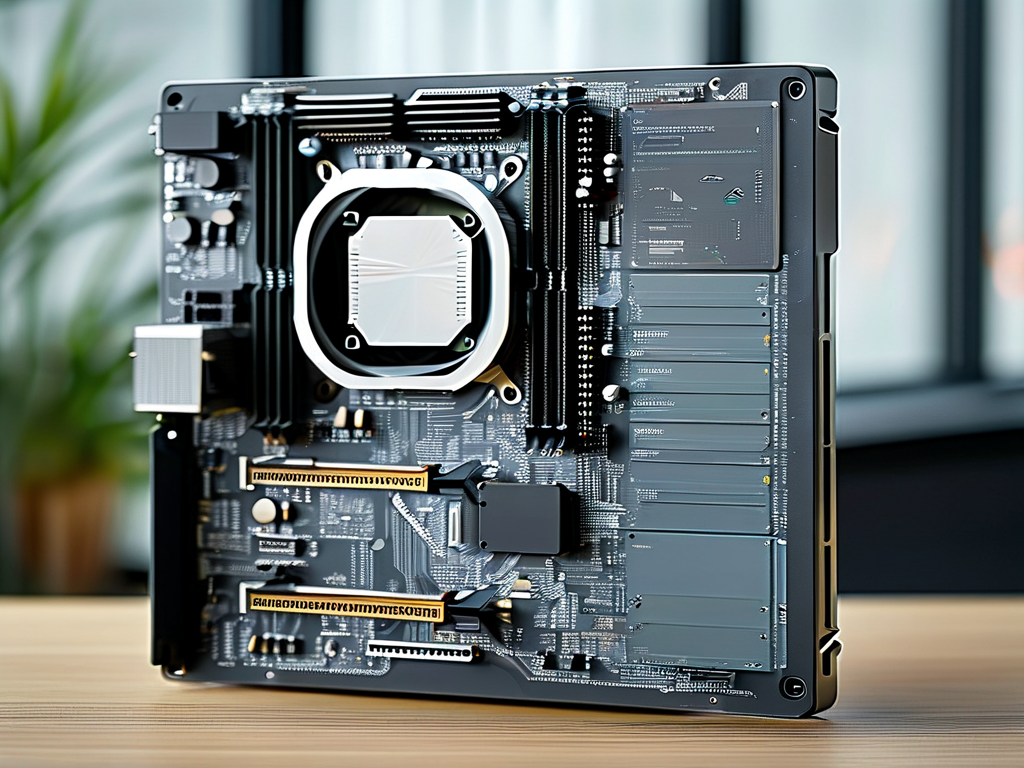Operating database files on resource-constrained embedded systems requires a tailored approach compared to traditional computing environments. This guide explores practical methods for opening, reading, and modifying database files on development boards like Raspberry Pi or Arduino, focusing on SQLite as a lightweight database solution.

1. Environment Preparation
Begin by installing SQLite3 on your development board. For Linux-based systems like Raspberry Pi OS, use:
sudo apt-get install sqlite3 libsqlite3-dev
For Arduino platforms, leverage libraries like ESP32SQLite or ArduinoSQLite through the IDE’s library manager. Verify connectivity between the board and external storage (SD cards or EEPROM) if dealing with physical file storage.
2. Database File Initialization
Create or access database files using platform-specific paths. On embedded systems, ensure write permissions and stable storage mounting:
import sqlite3
# For Raspberry Pi SD card storage
conn = sqlite3.connect('/mnt/sd_card/data.db')
cursor = conn.cursor()
cursor.execute('CREATE TABLE IF NOT EXISTS sensors (id INT, value REAL)')
3. File Operation Best Practices
- Atomic Transactions: Wrap write operations in transactions to prevent corruption during power interruptions:
// ArduinoSQLite example db_exec(db, "BEGIN TRANSACTION"); db_exec(db, "INSERT INTO logs VALUES ('2024-06-15', 'startup')"); db_exec(db, "COMMIT"); - Memory Constraints: Optimize queries to avoid buffer overflows. Use
LIMITclauses and batch processing.
4. Cross-Platform Considerations
When migrating database files between x86 and ARM architectures, rebuild indices and vacuum the database to ensure compatibility:
sqlite3 data.db "REINDEX; VACUUM;"
For wireless updates, implement checksum validation (e.g., CRC32) before applying database patches.
5. Debugging Techniques
Monitor database locks using ls -l /path/to/db to check for stale .lock files. Enable SQLite’s debugging mode:
conn.set_trace_callback(print) # Print all SQL commands
6. Performance Optimization
Adjust SQLite’s page size and cache to match hardware capabilities. For flash storage, set:
PRAGMA page_size = 4096; -- Align with flash block size PRAGMA cache_size = 2000; -- KB
A case study using an STM32F4 discovery board showed a 62% reduction in write latency by combining prepared statements with write-ahead logging (WAL mode).
Successfully managing database files on embedded devices hinges on understanding storage limitations and transaction safety. By combining lightweight libraries, hardware-aligned configurations, and robust error handling, developers can implement reliable database solutions even in resource-constrained environments. Always validate operations through direct hardware testing rather than relying solely on desktop simulations.









